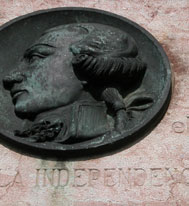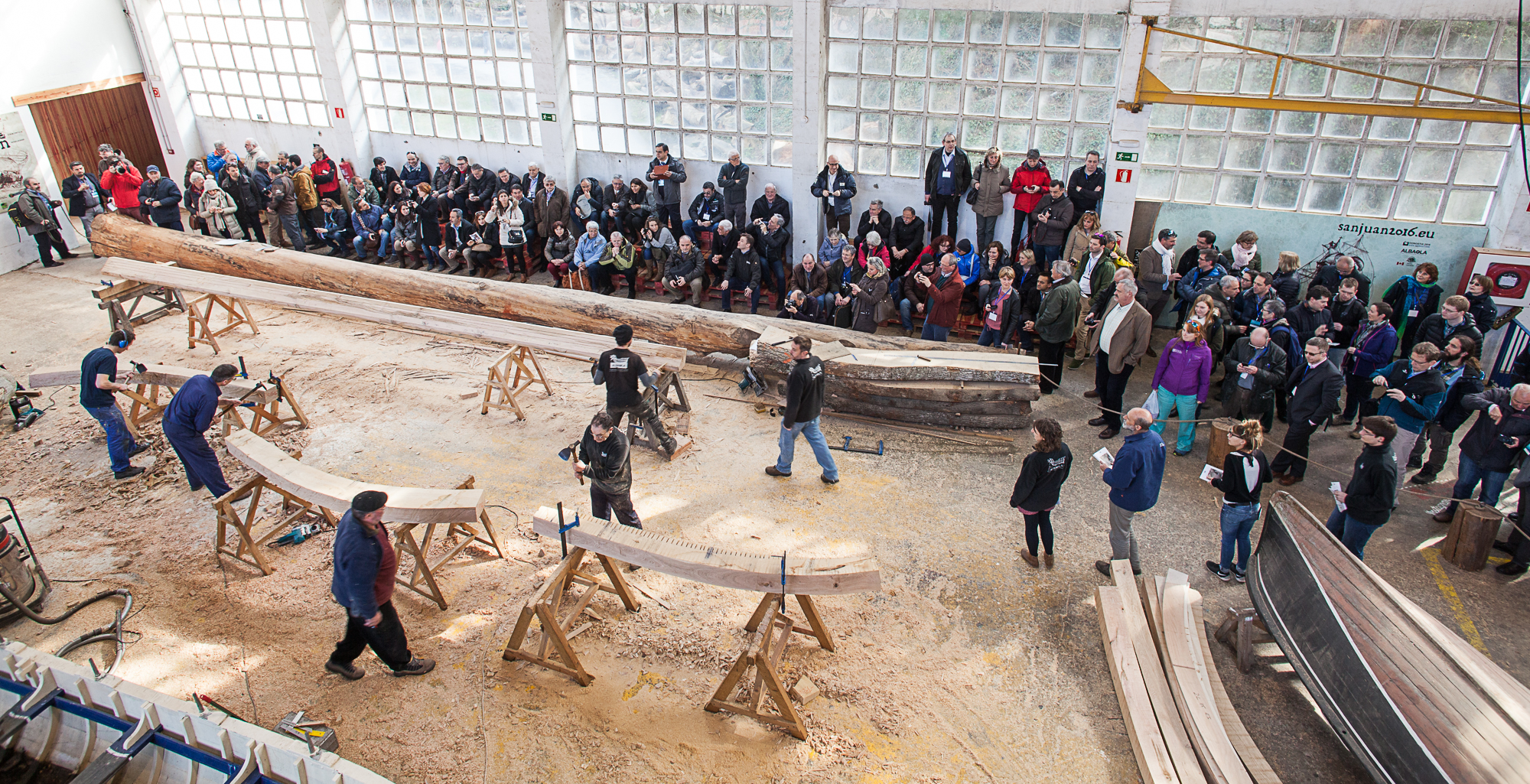
- Home
- Explore our area
- Our towns
- Pasaia
- Pasai Donibane
- Villaviciosa Mansion, house of Renaissance style of 16th century
Villaviciosa Mansion, house of Renaissance style of 16th century

Another mansion stands to one side of the Roadside Chapel, that of the Villaviciosa family, outstanding local figures who brought splendour to the village with their seafaring and other feats. This building has a rectangular ground plan, part of which follows the line of the street while another part stands back a little leaving space for a wide stone stairway leading to the first floor. The principal facade looks on to the old village street, while the rear facade faces the hillside. There is another side access leading directly into the second floor.
This is a magnificent 16th Century Renaissance house in well made ashlar masonry. At the same height as the window ledges is a moulding encircling all facades of the building on every floor; this moulding reappears on the cornice. All of the openings are framed with lovely mouldings. On the ground floor there are two doors and a window. On the first floor we can see two large windows with a smaller one in the centre. On the part of the facade standing back from the street, there is an entrance door with a semicircular arch, and another wide linteled door in addition to a small window. On the top floor there are three windows with another two on the part standing back from the street.
According to the writings of the historian L. de Isasti, from the neighbouring village of Lezo, the Villaviciosa family set up home here around the 8th Century with Fortunio de Villaviciosa, captain of the armada under Alphonse I. Fortunio's children stayed there to defend the house, producing a large number of great fighters, traders and privateers. Admirals like Domingo Villaviciosa (1587) who died in the waters of Flanders, or Juantxo Villaviciosa (1590), Admiral of the Cantabria squadron led by General Miguel de Oquendo, or Juanot de Villaviciosa, General of the Armada who fought in Florida and took part in the Oran and Ceuta fighting, brought glory to our people. We must also mention Juan de Villaviciosa, shipbuilder and admiral, who died in the Battle of the Azores, or Captain General Miguel, who seized the banner from the Moors at Loja (Granada) in 1486, hence its name of "golden banner". Another member of the Villaviciosa family appears as having sailed the seas as a corsair, while other members of the family made names for themselves in the clergy.
On the principal facade of this fine building is a plaque commemorating the departure of the Marquis of Lafayette, in 1777, for the American War of Independence.





















